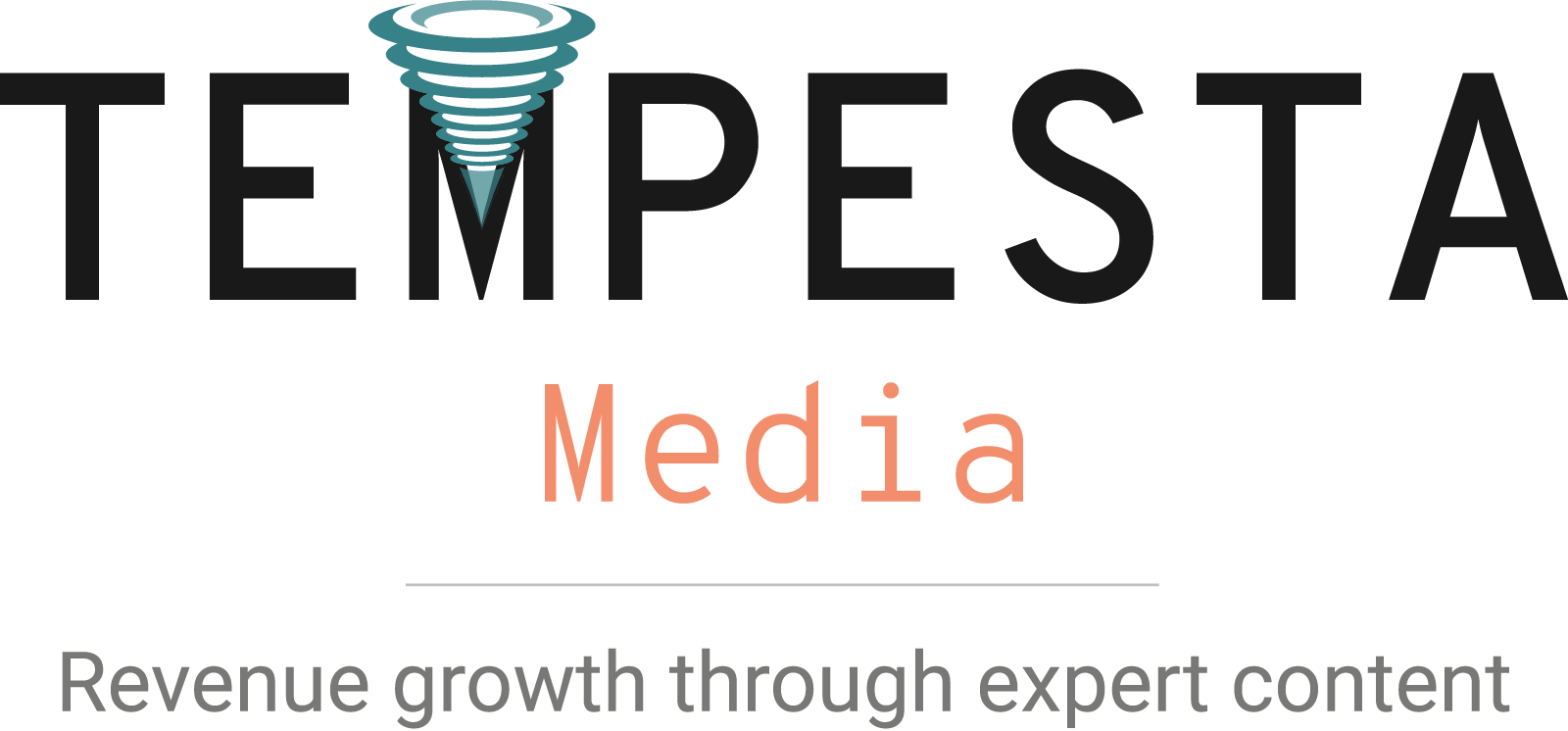“Remember: Mistake is not for mistake; it is for alteration!” – L.A. Golding, Lerkus: A Journey to End All Suffering
Only the writer who is trying to learn from grammatical errors can advance in life, to paraphrase another great quote. If you have been writing for some time and the editor still catches you using their instead of they’re or your instead of you’re, that’s a red flag.
Mastery of the basic rules of grammar, punctuation, usage and composition is a requirement if you’re a writer. Making mistakes may be unavoidable, but making repeated mistakes is a no-no. Learn how to avoid most common writing mistakes.
In this day and age when technology is empowering freelancing, the competition among freelance writers has gone from tough to fierce. To thrive in the writing industry, it’s more important than ever to stay consistently good, strive to be even better or be the best at what you do. This means you cannot afford to deliver anything less than error-free content.
Common writing mistakes and how to fix them
If you truly love writing and you want the industry to love you back, you must pay attention to things that affect the quality of every piece of content you create. In this article, we will focus on six common grammar and writing mistakes that journalists, bloggers and freelance writers are still making in 2019 and how to correct them.
1. Wordiness
We took the liberty of publishing an article with suggestions and strategies to improve wordiness in your writing.
2. Not only … But also
When using the construction not only … but also in formal writing, writers often forget that presenting the two related pieces of information requires parallelism.
Incorrect: She writes not only thought leadership pieces but has also written SEO articles.
Correct: She writes not only thought leadership pieces but also SEO articles.
Incorrect: When editing, Cris considers not only grammatical correctness but also reviewing the writing style.
Correct: When editing, Cris considers not only grammatical correctness but also writing style consistency.

3. Between … And
Many writers mistakenly combine “between” with “to.” “To” and “and” are not interchangeable in this case.
Incorrect: He weighs between 50 to 60 kilograms.
Incorrect: Life expectancy fluctuated between 30 to 40 years.
Correct: The rate increase more than doubled between 2015 and 2016. Correct: Between 2010 and 2015, the annual outbreaks had ranged between a minimum of 489 in 2011 and a maximum of 2630 in 2014.
4. Compliment vs. Complement
Writers often mix up these two similar words. Make no mistake: Compliment means a praise (noun) or to praise another (verb) while complement means an accompaniment or enhancement or to accompany/enhance/complete another.
Incorrect: In preparation for ACT/SAT, students should set test prep goals using study methods that compliment their unique learning style. Incorrect: The politician sent his complements to the chef.
Correct: The teacher used strategies that complement her student’s learning style. Correct: The customer complimented the chef for the scrumptious dish.

5. Semicolon
Writers use this punctuation mark sparingly and often incorrectly.
1. When joining two independent clauses separated by a conjunction (e.g., and, but)
Incorrect: The idea for the seminar may or may not have come from you; but it is your responsibility to rally the team behind it. Also incorrect: The idea for the seminar may or may not have come from you but it is your responsibility to rally the team behind it.
Correct: The idea for the seminar may or may not have come from you, but it is your responsibility to rally the team behind it.
2. When separating items in a list
Incorrect: I bought bananas; strawberries; and mangoes.
Correct: I bought green, unripe bananas; big, sweet, juicy strawberries; and overripe mangoes.
3. When joining two independent clauses separated by a conjunctive adverb (e.g., however, consequently, accordingly, hence, otherwise, therefore, moreover, thus)
Incorrect: Rowan Atkins started his acting career in London, however, he made his major mark as a YouTube star.
Correct: Rowan Atkins started his acting career in London; however, he made his major mark as a YouTube star.
6. Comma splice
Using a comma to link two independent clauses results in a comma splice.
Incorrect: Chicago can get bitterly cold in winter, it surprises some tourists.
Fix it by adding a conjunction: Chicago can get bitterly cold in winter and it surprises some tourists.
Fix it by changing the comma to a semicolon: Chicago can get bitterly cold in winter; it surprises some tourists.
Fix it by making separate sentences: Chicago can get bitterly cold in winter. It surprises some tourists.
If you have been making these common grammar and writing faux pas, it’s not too late to correct them. The success of your freelance writing job depends on the quality of your work.
Take your writing career to the next level – one error-free article at a time!


















